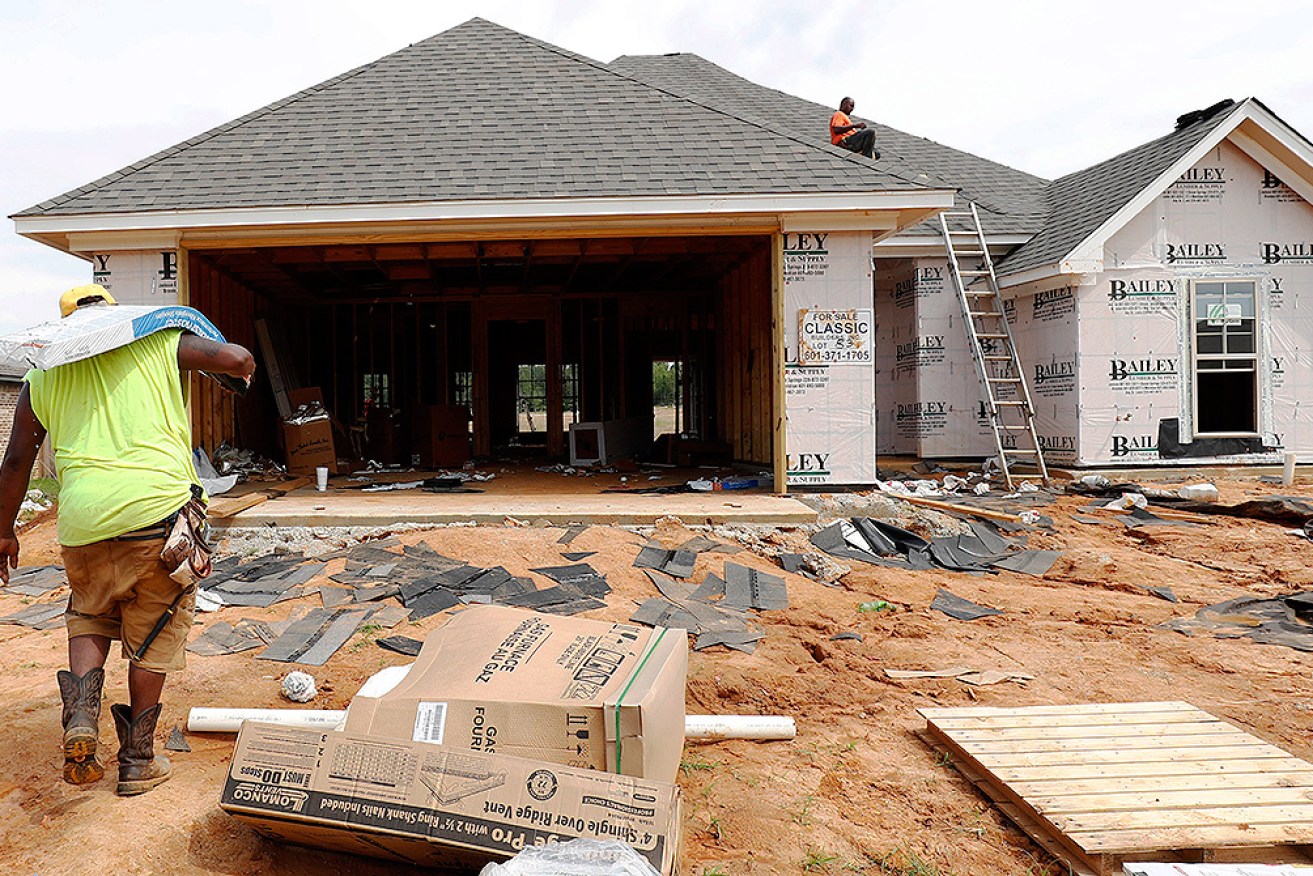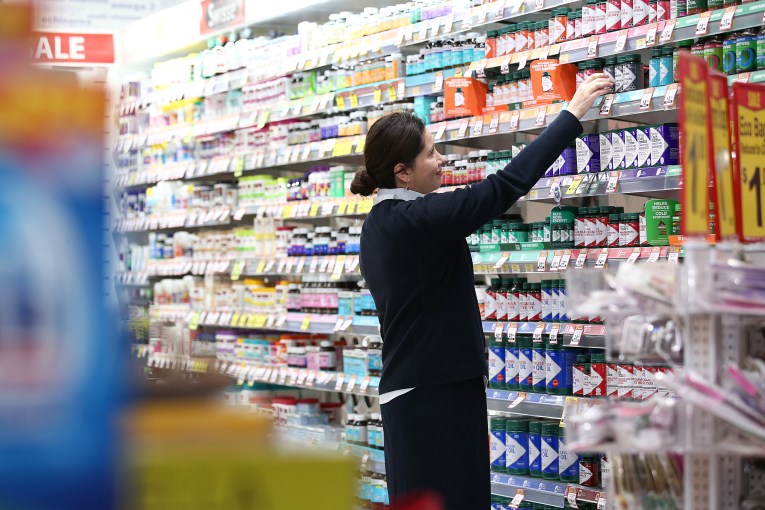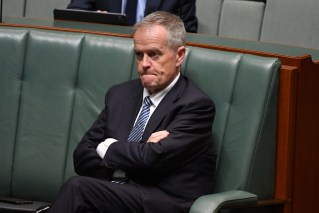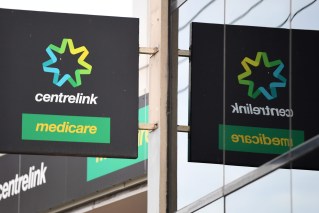Building approvals fall off a cliff as government incentives start to wind up
Approvals for the building of private sector houses tumbled in October as government support measures during the pandemic unwound.

(File photo)
The Australian Bureau of Statistics said total dwelling approvals fell 4.3 per cent in October to 18,090.
Private sector house approvals dropped 16 per cent to 10,168 for the month, while the more volatile approvals excluding houses component jumped 18.1 per cent to 7686.
“The decline in private house approvals over recent months can be largely attributed to the end of federal and state stimulus measures,” ABS director of construction statistics Daniel Rossi said.
“Despite the fall in September, the series remains 18.2 per cent higher than the pre-pandemic level in September 2019.”
Separate figures showed Australia’s construction industry is showing signs of a strong recovery after being hit by the lengthy coronavirus lockdowns in NSW and Victoria.
The Australian Industry Group-Housing Industry Association performance of construction index increased by 4.3 per cent to 57.6 in October, comfortably above the 50-point mark that separates expansion from contraction.
“The healthy leap in activity levels across the Australian construction sector in October is a taste of what is expected to be a strong rebound for the broader economy over the next few months,” Ai Group chief policy advisor Peter Burn said.
He said a high volume of new orders in October added to the already healthy pipeline of building and construction activity and will further stretch capacity limits and re-expose underlying shortages of skilled labour in many occupations over coming months.
Meanwhile, Treasurer Josh Frydenberg believes inflation in Australia has been a lot more moderate than in other countries.
Reserve Bank governor Philip Lowe has attempted to dampen speculation that an interest rate hike is on the horizon for next year after last week’s unexpectedly strong inflation figures.
“I don’t believe the inflation genie is out of the bottle,” Frydenberg told Sky News on Wednesday.
“I do believe a number of the contributing factors, like supply chain constraints, are actually transitory in nature – that’s the expectation at least from many economists.”
Dr Lowe says while an earlier hike in the cash rate is now “possible” after having a long-held view that it would remain unchanged until 2024, he thought talk of a move next year was a “complete overreaction” by markets to last week’s inflation figures.
“I’m not sure how we would get to that state of the world and be in a position to raise rates early in the new year. I still struggle with the scenario that rates would need to be raised next year,” Lowe told a rare post-board meeting webinar on Tuesday.
The bank’s latest forecast is that underlying inflation will be no higher than 2.5 per cent at the end of 2023.
Financial markets and some economists have been speculating on a possible rate rise as early as next year following last week’s inflation data showed the underlying measure had jumped to 2.1 per cent.
This was the strongest result in six years and took the rate to within the RBA’s two to three per cent inflation target.
The central bank board left the cash rate at a record low 0.1 per cent at the monthly meeting.












